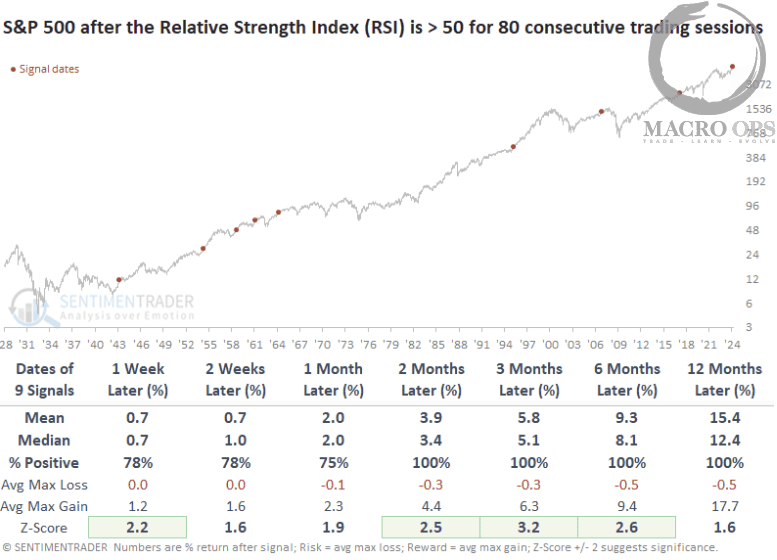There is timing in the whole life of the warrior, in his thriving and declining, in his harmony and discord. Similarly, there is timing in the Way of the merchant, in the rise and fall of capital. All things entail rising and falling timing. You must be able to discern this. In strategy, there are various timing considerations. From the outset you must know the applicable timing and the inapplicable timing, and from among the large and small things and the fast and slow timings find the relevant timing, first seeing the distance timing and the background timing. This is the main thing in strategy. It is especially important to know the background timing, otherwise your strategy will become uncertain. ~ Miyamoto Musashi
Miyamoto Musashi was a renowned Samurai and Ronin (meaning he served no master) in Japan during the early 17th century.
He had a unique style of fighting with double blades which was apparently quite effective; he racked up an undefeated record of 60 duels. In his later years, he wrote The Book of Five Rings — a work similar to Sun Tzu’s Art of War that covers strategy, tactics, and philosophy through the scope of sword fighting, but that’s also applicable to life in general.
In Five Rings, Musashi talks about the importance of timing and maintaining one’s awareness of the ebb and flow inherent in life and war.
Timing, as we know, is as critical an input to a deadly Ronin Samurai as it is to a Master Trader. Musashi’s wisdom on the differences of time and the warrior’s manipulation of such is a subject that every trader needs to understand and practice at the deepest levels.
I’ve been increasingly thinking about Musashi and timing because of the macro environment we now find ourselves in. It’s in this type of environment where understanding the difference of applicable and inapplicable, as well as, background and distance timing, becomes ever more crucial. Let me explain.
Understanding Macro Time Frames
As traders operating in markets, we’re fighting in multiple timeframes. In these different timeframes, there are varying levels of signal to noise. We’re left to discern what timing is applicable to our trade objective and what’s not. We need to learn from experience which timeframes we can have relevant conviction in and which we simply can’t.
Macro Time FrameAnalysis: Defining Bullish and Bearish Objectives
For instance, one cannot simply be bullish on stock XYZ. That is a meaningless statement. Are you bullish on the stock over the short term (ie, next 4-8 weeks) because of factors a, b, and c? Or do you really think the company is undervalued and price should rise at some point over the next couple of years, but you have no conviction on where it will go in the near term?
Discerning your trade objective and reasoning is vital to understanding what your “relevant timing” is. Meaning, you understand the relevant time and the factors applicable to your thesis — every timeframe has its own unique drivers.
Musashi talks about the importance of “first seeing the distance timing and background timing.”
The trading equivalent to these is price action and macro. Price action (distance timing) signals where things stand now and where they’re possibly headed in the near term (1-3 months). Macro (background timing) tells us where the larger forces and imbalances are. It provides us with a gauge of where the risks and opportunities lie in the future. Both sections of time affect one another, so the ebb and flow of the battlefield (market) is constantly evolving.
But, as Musashi says, it is “especially important to know the background timing” because that is the more powerful force that will eventually bend and dominate the near-term. It’s when these different time frames lineup that you get the most powerful and profitable trends.
Livermore (the Musashi of markets) understood the importance of timing in speculation better than anybody and talked about this lesson repeatedly in Reminiscences of a Stock Operator:
“The way to make money is to make it. The way to make big money is to be right at exactly the right time. In this business a man has to think of both theory and practice. A speculator must not be merely a student, he must be both a student and a speculator.”
“There is a time for all things, but I didn’t know it. And that is precisely what beats so many men in Wall Street who are very far from being in the main sucker class. There is the plain fool, who does the wrong thing at all times everywhere, but there is the Wall Street fool, who thinks he must trade all the time. “
“Obviously the thing to do was to be bullish in a bull market and bearish in a bear market. Sounds silly, doesn’t it? But I had to grasp that general principle firmly before I saw that to put it into practice really meant to anticipate probabilities. It took me a long time to learn to trade on those lines. “
“I think it was a long step forward in my trading education when I realized at last that when old Mr. Partridge kept on telling the other customers, ‘Well, you know this is a bull market!’ he really meant to tell them that the big money was not in the individual fluctuations but in the main movements — that is, not in reading the tape but in sizing up the entire market and its trend.”
“…the point is not so much to buy as cheap as possible or go short at the top prices, but to buy or sell at the right time.”
“I had made a mistake. But where? I was bearish in a bear market. That was wise. I had sold stocks short. That was proper. I had sold them too soon. That was costly. My position was right but my play was wrong.”
“That is what happened. I didn’t wait to determine whether or not the time was right for plunging on the bear side. On the one occasion when I should have invoked the aid of my tape-reading I didn’t do it. That is how I came to learn that even when one is properly bearish at the very beginning of a bear market it is well not to begin selling in bulk until there is no danger of the engine back-firing.”
The Key to Temporal Frames
The key to dealing with the various temporal frames (that’s a fancy way of saying lengths of time) is just to remain aware of your analysis and expectations and how they align with the march of time.
Don’t get tunnel vision and try to fit a long-term macro view into a short-term trade expectation.
Be flexible and know which timeframe you’re operating in and in which your edge lies.
Drop any questions/comments in the comment section below. And if you’d like to get my thinking, ramblings, and occasional trade ideas, then just put in your John Hancock along with your email below.








